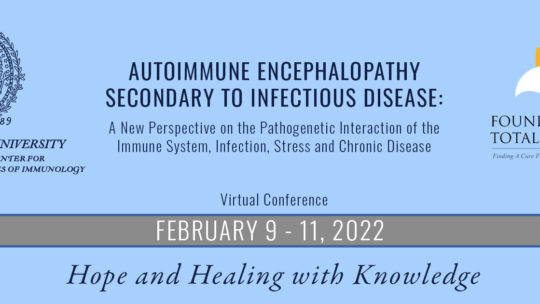Trifonova, E.A.; Mustafin, Z.S.; Lashin, S.A.; Kochetov, A.V. Abnormal mTOR Activity in Pediatric Autoimmune Neuropsychiatric and MIA-Associated Autism Spectrum Disorders. Int. J. Mol. Sci. 2022, 23, 967. https://doi.org/10.3390/ijms23020967
Abstract: Autism spectrum disorder (ASD) is a neurodevelopmental condition characterized by
the early onset of communication and behavioral problems. ASD is highly heritable; however,
environmental factors also play a considerable role in this disorder. A significant part of both
syndromic and idiopathic autism cases could be attributed to disorders caused by mammalian
target of rapamycin (mTOR)-dependent translation deregulation. This narrative review analyzes both bioinformatic and experimental evidence that connects mTOR signaling to the maternal autoantibody-related (MAR) autism spectrum and autoimmune neuropsychiatric disorders simultaneously. In addition, we reconstruct a network presenting the interactions between the mTOR signaling and eight MAR ASD genes coding for ASD-specific maternal autoantibody target proteins. The research discussed in this review demonstrates novel perspectives and validates the need for a subtyping of ASD on the grounds of pathogenic mechanisms. The utter necessity of designing ELISA-based test panels to identify all antibodies related to autism-like behavior is also considered.







